Ballistic Missile Submarine Commanders Eyeball
Thermonuclear
Monarchy: Choosing Between Democracy and Doom.
Elaine Scarry (Released
2014-02-24). W. W. Norton & Company.
First, then, the technological readiness of the United States to retract
life from beneath the floor of the world’s inhabitants. The country’s
nuclear arsenal includes, but is by no means limited to, fourteen Ohio-class
submarines , each carrying the equivalent in injuring power to 4000 Hiroshima
blasts.
1
Each one of the fourteen ships carries enough power to destroy the people
of an entire continent, to do this as a solo performance, without the assistance
of its thirteen fellow ships. The precise arithmetic of this blast power
can be hard to keep in mind. But one pair of numbers is easy to grasp: the
earth has seven continents; the United States has fourteen Ohio-class submarines.
The United States population often imagines that the arsenal came into being
during the Cold War with Russia and that its importance ended with the fall
of the Berlin Wall in 1989. But of the fourteen Ohio-class ships, eight were
built, christened, and commissioned after the fall of the Berlin Wall. Here
are their names and birth dates.
SSBN USS West Virginia was launched in 1989 and commissioned in October 1990
with the words, “Man this ship and bring her to life .” SSBN USS
Kentucky followed. Then, USS Maryland was launched in June of 1991 and
commissioned on June 13, 1992. Then came SSBN USS Nebraska. Then, SSBN USS
Rhode Island (“ Man this ship and bring her to life”). Then came
SSBN USS Maine, launched in July 1994 and commissioned in July 1995; followed
by USS Wyoming, launched in July 1995 and commissioned in July 1996 . Finally,
USS Louisiana was launched in 1996 and commissioned on September 6, 1997:
“Man this ship and bring her to life.”
These eight ships— just the eight built since the fall of the Berlin
Wall— carry the equivalent of 32,000 Hiroshima bombs. Each holds within
its sleek contours eight times the full-blast power expended by Allied and
Axis countries in World War II (this includes, in addition to the nuclear
weapons dropped on Hiroshima and Nagasaki, the firebombing of sixty-seven
other Japanese cities, the firebombing of Leipzig and Dresden, the bombing
of Pearl Harbor, the nightly bombing of London, and six years of artillery
fire on beaches, woodlands, hillsides, and cities).
Together, the eight ships built since the fall of the Berlin Wall carry
sixty-four times the total blast power expended by all sides in World War
II. The launching, christening, and commissioning of these ships was not
covered in news reports, not even in the states whose names are borne on
the ships along with their heavy cargo. ...
We own 3100 Trident I and Trident II warheads designed for our Ohio-class
submarines (with a total blast power of 273,000,000 tons of
TNT)
24.
1. Each Ohio-class submarine has 24 missiles; each missile has 8 warheads;
hence each ship has a total of 192 warheads. The Trident II warhead (Mark
5 W87) can be either 300 or 475 kilotons. Three hundred kilotons times 192
warheads equals 57,600 kilotons or 57.6 megatons. The weapon used in Hiroshima
was between 12 and 15 kilotons; therefore, a middle figure of 13.5 kilotons
can be used. More arithmetic: 57,600 kilotons divided by 13.5 kilotons is
4266; therefore, each Ohio-class submarine carries the injuring power of
4266 Hiroshimas. If the submarine instead uses a 475-kiloton Trident II warhead,
the submarine carries the injuring power of 6755 Hiroshima explosions (for
the Trident II warhead figures, see William Arkin, Thomas Cochran, and Milton
Hoenig, U.S. Nuclear Forces and Capabilities, Nuclear Weapons Databook, vol.
1 [Pensacola, FL: Ballinger, 1984], p. 15).
The numbers just given here are conservative. Often officials give much higher
numbers. A Department of Energy newsletter quotes Congresswoman Patricia
Schroeder as reporting that the SSBN West Virginia carries the equivalent
of 7680 Hiroshima blasts (“Tuck Tells House Panel Rocky Flats Start
Up Off until Third Quarter,” Inside Energy/ with Federal Lands, March
26, 1990). Schroeder’s figure is based on the calculation that the submarine
has 192 warheads each with forty times the power of that used against Hiroshima.
The number of missiles on each Ohio-class submarine is consistently reported
as 24; the number of warheads on each missile is usually designated as 8,
but is sometimes as high as 17.
24. Natural Resources Defense Council,
“Table of U.S.
Strategic Nuclear Forces, 2002.”
Related:
2014-0488.htm ICBM and Nuclear Bomber Commanders Eyeball March 24, 2014
![[Image]](http://cryptome.org/2014-info/ssbn/pict4.jpg) The U.S. Navy's Trident nuclear powered submarine Alaska (SSBN-732)
is guided into an explosives handling wharf at the Naval Station, Submarine
Base, Bangor, WA., 15 August 1998.
Source
The U.S. Navy's Trident nuclear powered submarine Alaska (SSBN-732)
is guided into an explosives handling wharf at the Naval Station, Submarine
Base, Bangor, WA., 15 August 1998.
Source
![[Image]](http://cryptome.org/2014-info/ssbn/pict5.jpg) 1/9/2009. KINGS BAY, Ga. - The Ohio-class ballistic-missile submarine
USS Wyoming (SSBN 742) approaches Naval Submarine Base Kings Bay, Ga. Photo
by: Lt. Rebecca Rebarich
Source
http://www.navy.mil/navydata/fact_display.asp?cid=4100&tid=200&ct=4
1/9/2009. KINGS BAY, Ga. - The Ohio-class ballistic-missile submarine
USS Wyoming (SSBN 742) approaches Naval Submarine Base Kings Bay, Ga. Photo
by: Lt. Rebecca Rebarich
Source
http://www.navy.mil/navydata/fact_display.asp?cid=4100&tid=200&ct=4
Fleet Ballistic Missile Submarines - SSBN
Description
Since the 1960s, strategic deterrence has been the SSBN's sole mission, providing
the United States with its most survivable and enduring nuclear strike
capability.
Features
The Navy's ballistic missile submarines, often referred to as "boomers,"
serve as an undetectable launch platform for intercontinental missiles. They
are designed specifically for stealth and the precise delivery of nuclear
warheads.
The 14 Ohio-class SSBNs can carry up to 24 submarine-launched ballistic missiles
(SLBMs) with multiple independently-targeted warheads. However, under the
New Strategic Arms Limitation Treaty, each submarine will have four of its
missile tubes permanently deactivated in the coming years. The SSBN's strategic
weapon is the Trident II D5 missile, which provides increased range and accuracy
over the now out-of-service Trident I C4 missile.
SSBNs are specifically designed for extended deterrent patrols. To decrease
the amount of time required for replenishment and maintenance, Ohio-class
submarines have three large-diameter logistics hatches that allow sailors
to rapidly transfer supply pallets, equipment replacement modules and machinery
components thereby increasing their operational availability.
The Ohio-class design allows the submarines to operate for 15 or more years
between major overhauls. On average, the submarines spend 77 days at sea
followed by 35 days in-port for maintenance. Each SSBN has two crews, Blue
and Gold, which alternate manning the submarines and taking them on patrol.
This maximizes the SSBN's strategic availability, reduces the number of
submarines required to meet strategic requirements, and allows for proper
crew training, readiness, and morale.
Point Of Contact
Office of Corporate Communication
Naval Sea Systems Command
Office of Corporate Communications (SEA 00D)
Washington, D.C. 20376
General Characteristics, Ohio Class
Builder: General Dynamics Electric Boat Division.
Date Deployed: Nov. 11, 1981 (USS Ohio)
Propulsion: One nuclear reactor, one shaft.
Length: 560 feet (170.69 meters).
Beam: 42 feet (12.8 meters).
Displacement: 16,764 tons (17,033.03 metric tons) surfaced; 18,750 tons (19,000.1
metric tons) submerged.
Speed: 20+ knots (23+ miles per hour, 36.8+ kph).
Crew: 15 Officers, 140 Enlisted.
Armament: 24 tubes for Trident II submarine-launched ballistic missiles,
MK48 torpedoes, four torpedo tubes.
SSBN websites:
USS Henry
M. Jackson (SSBN 730), Bangor,
WA
USS Alabama (SSBN 731), Bangor,
WA
USS
Alaska (SSBN 732), Kings Bay,
GA
USS Nevada (SSBN 733), Bangor,
WA
USS
Tennessee (SSBN 734), Kings Bay,
GA
USS Pennsylvania (SSBN 735), Bangor,
WA
USS
West Virginia (SSBN 736), Portsmouth,
VA
USS
Kentucky (SSBN 737), Bangor,
WA
USS
Maryland (SSBN 738), Kings Bay,
GA
USS
Nebraska (SSBN 739), Bangor,
WA
USS
Rhode Island (SSBN 740), Kings Bay,
GA
USS Maine
(SSBN 741), Bangor,
WA
USS
Wyoming (SSBN 742), Kings Bay,
GA
USS
Louisiana (SSBN 743), Bangor, WA
Last Update: 6 December 2013
http://www.navy.mil/navydata/fact_display.asp?cid=2200&tid=1400&ct=2
![[Image]](http://cryptome.org/2014-info/ssbn/pict2.jpg)
Trident Fleet Ballistic Missile
Description
Intercontinental ballistic missiles launched from submarines.
Features
Trident II (D5) missiles are deployed in Ohio- class (Trident) submarines,
each carrying 24 missiles.
The Trident II (D5) is a three-stage, solid-propellant, inertially guided
FBM with a range of more than 4,000 nautical miles (4,600 statute miles).
Trident II is more sophisticated than Trident I (C4) with a significantly
greater payload capability. All three stages of the Trident II are made of
lighter, stronger, stiffer graphite epoxy, whose integrated structure means
considerable weight saving. The missile?s range is increased by the aerospike,
a telescoping outward extension that reduces frontal drag by about 50 percent.
Trident II is launched by the pressure of expanding gas within the launch
tube. When the missile attains sufficient distance from the submarine, the
first stage motor ignites, the aerospike extends and the boost stage begins.
Within about two minutes, after the third stage motor kicks in, the missile
is traveling in excess of 20,000 feet (6,096 meters) per second.
Background
Submarine launched ballistic missiles (SLBMs) have been an integral part
of the strategic deterrent for six generations, starting in l956 with the
U.S. Navy Fleet Ballistic Missile (FBM) Polaris (A1) program. Since then,
the SLBM has evolved through Polaris (A2), Polaris (A3), Poseidon (C3) Trident
I (C4) and today's force of Trident II (D5). Each generation has been
continuously deployed at sea as a survivable retaliatory force and has been
routinely operationally tested and evaluated to maintain confidence and
credibility in the deterrent.
Trident II (D5) was first deployed in 1990 and is planned to be deployed
past 2020. The Trident II (D5) missile is also provided to the United Kingdom
which equips the missile with UK warheads and deploys the missile on Vanguard
Class UK submarines.
Point Of Contact
Department of the Navy,
Strategic Systems Programs
Arlington, VA 22202-3930
General Characteristics, Trident II (D5)
Primary Function: Strategic Nuclear Deterrence.
Contractor: Lockheed Missiles and Space Co., Inc., Sunnyvale, CA.
Date Deployed: 1990.
Unit Cost: $30.9 million.
Propulsion: Three-stage solid-propellant rocket.
Length: 44 feet (13.41 meters).
Diameter: 83 inches (2.11 meters).
Weight: 130,000 pounds (58,500 kg).
Range: Greater than 4,000 nautical miles (4,600 statute miles, or 7,360
km).
Guidance System: Inertial.
Warhead: Nuclear MIRV (Multiple Independently Targetable Re-entry Vehicles).
Last Update: 17 January 2009
Ballistic Missile Submarine
Commanders Eyeball
|
Addresses common to submarine commanders are:
Ballston Spa, NY and Charleston, SC (Nuclear propulsion)
St Marys, GA
(Kings Bay
Base, Atlantic Command)
Poulsbo, WA
(Bangor
Base, Pacific Command)
Washington State (Bangor Base)
Groton, CT (New London Submarine Base)
Virginia Beach, VA (Undersea warfare)
Colorado Springs, CO (Strategic Command)
Hawaii (Staging bases)
|
|
|
U.S.S.
Henry M. Jackson
Blue Crew Commanding Officer: Commander Jon Moretty
![[Image]](http://cryptome.org/2014-info/ssbn/pict1.jpg)
![[Image]](http://cryptome.org/2014-info/ssbn/pict0.jpg)
Gold Crew Commander: Commander Edward Robledo
![[Image]](http://cryptome.org/2014-info/ssbn/pict9.jpg) |
U.S.S.
Alabama
Blue Crew Commanding Officer: Commander Bradley Terry
![[Image]](http://cryptome.org/2014-info/ssbn/pict8.jpg)
![[Image]](http://cryptome.org/2014-info/ssbn/pict6.jpg)
Gold Crew Commanding Officer: Commander Brodey Frailey
![[Image]](http://cryptome.org/2014-info/ssbn/pict7.jpg) |
U.S.S.
Nevada
Blue Crew Commanding Officer: Commander James McIver
[No records.]
Gold Crew Commanding Officer: Commander Chad Hennings
![[Image]](http://cryptome.org/2014-info/ssbn/pict10.jpg)
![[Image]](http://cryptome.org/2014-info/ssbn/pict11.jpg) |
U.S.S.
Pennsylvania
Blue Crew Commanding Officer: Commander Gustavo Gutierrez
[No records.]
Gold Crew Commanding Officer: Commander Tiger Pittman
![[Image]](http://cryptome.org/2014-info/ssbn/pict12.jpg) |
U.S.S.
Kentucky
Green Crew Commanding Officer: Commander Jeffrey Smith
Undergoing 2-year overhaul in 2011
[No records.]
|
U.S.S.
Nebraska
Green Crew Commanding Officer: Commander Jeffrey Joseph
![[Image]](http://cryptome.org/2014-info/ssbn/pict32.jpg) |
U.S.S.
Maine
Blue Crew Commanding Officer: Commander William Johnson
[No records.]
Gold Crew Commanding Officer: Commander Dale Klein
![[Image]](http://cryptome.org/2014-info/ssbn/pict33.jpg)
![[Image]](http://cryptome.org/2014-info/ssbn/pict34.jpg) |
U.S.S.
Louisiana
Blue Crew Commanding Officer: Commander Kevin Byrne
![[Image]](http://cryptome.org/2014-info/ssbn/pict35.jpg)
![[Image]](http://cryptome.org/2014-info/ssbn/pict36.jpg)
Gold Crew Commanding Officer: Commander Robert Peters
![[Image]](http://cryptome.org/2014-info/ssbn/pict37.jpg)
|
|
|
|
U.S.S.
Alaska
Blue Crew Commanding Officer: Commander Todd Figanbaum
![[Image]](http://cryptome.org/2014-info/ssbn/pict13.jpg)
![[Image]](http://cryptome.org/2014-info/ssbn/pict14.jpg)
Gold Crew Commanding Officer: Commander Robert Wirth
![[Image]](http://cryptome.org/2014-info/ssbn/pict15.jpg)
|
U.S.S.
Tennessee
Blue Crew Commanding Officer: Commander John Howrey
![[Image]](http://cryptome.org/2014-info/ssbn/pict16.jpg)
![[Image]](http://cryptome.org/2014-info/ssbn/pict17.jpg)
Gold Crew Commanding Officer: Commander Richard Dubnansky
![[Image]](http://cryptome.org/2014-info/ssbn/pict18.jpg)
![[Image]](http://cryptome.org/2014-info/ssbn/pict19.jpg) |
U.S.S.
West Virginia
Commanding Officer: Commander Adam Palmer
![[Image]](http://cryptome.org/2014-info/ssbn/pict21.jpg)
![[Image]](http://cryptome.org/2014-info/ssbn/pict20.jpg) |
U.S.S.
Maryland
Commanding Officer: Commander Greg Kercher
![[Image]](http://cryptome.org/2014-info/ssbn/pict24.jpg)
![[Image]](http://cryptome.org/2014-info/ssbn/pict23.jpg)
![[Image]](http://cryptome.org/2014-info/ssbn/pict22.jpg) |
U.S.S.
Rhode Island
Blue Crew Commanding Officer: Commander Louis Springer
![[Image]](http://cryptome.org/2014-info/ssbn/pict26.jpg)
![[Image]](http://cryptome.org/2014-info/ssbn/pict25.jpg)
Gold Crew Commanding Officer: Commander Sean Muth
![[Image]](http://cryptome.org/2014-info/ssbn/pict27.jpg)
![[Image]](http://cryptome.org/2014-info/ssbn/pict28.jpg) |
U.S.S.
Wyoming
Blue Crew Commanding Officer: Commander Barry Rodrigues
![[Image]](http://cryptome.org/2014-info/ssbn/pict30.jpg)
![[Image]](http://cryptome.org/2014-info/ssbn/pict29.jpg)
Gold Crew Commanding Officer: Commander Chris Nash
![[Image]](http://cryptome.org/2014-info/ssbn/pict31.jpg)
|
|

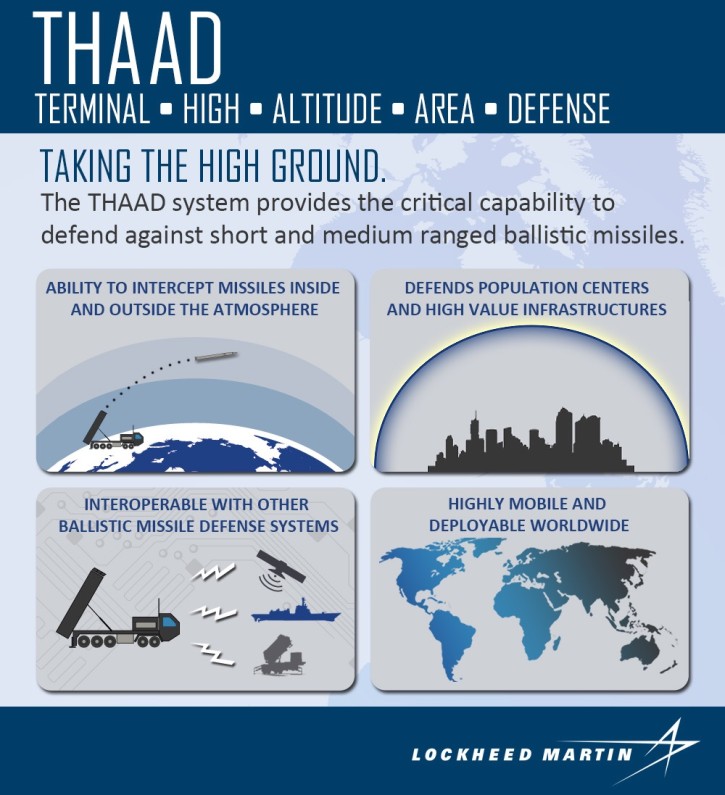 South Korea also opposes the permanent deployment of US AN/TPY-2, an early missile warning radar system that detects missiles up to 2,000 kilometers away, which would include China’s military facilities. “Our military has our own missile warning system, the Green Pine, which has a range of 600 km, so we don’t need AN/TPY-2,” a source within the South Korean government said.
South Korea also opposes the permanent deployment of US AN/TPY-2, an early missile warning radar system that detects missiles up to 2,000 kilometers away, which would include China’s military facilities. “Our military has our own missile warning system, the Green Pine, which has a range of 600 km, so we don’t need AN/TPY-2,” a source within the South Korean government said.
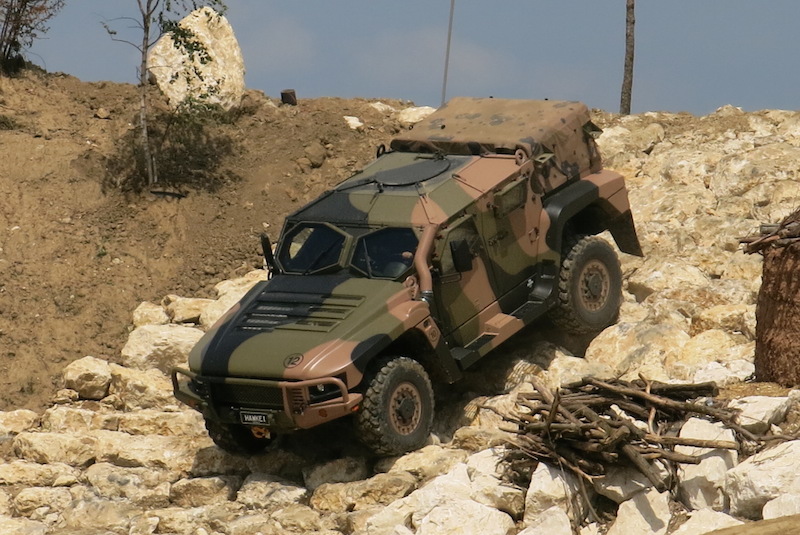
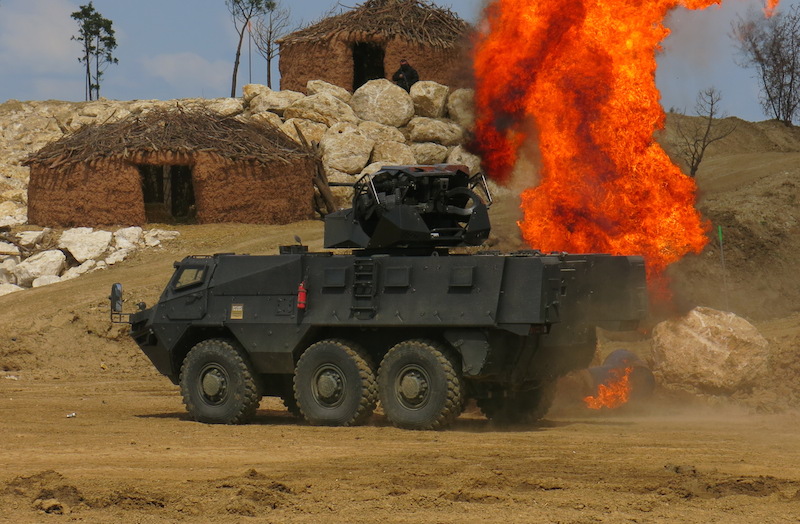
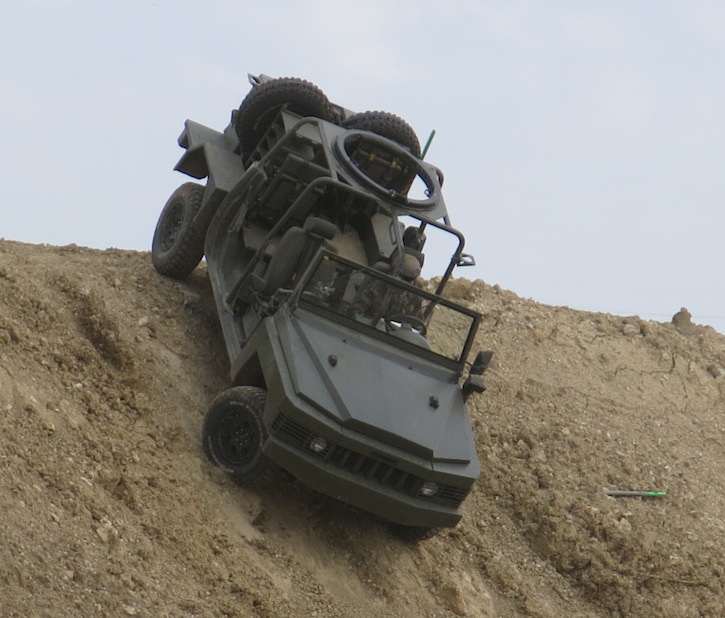
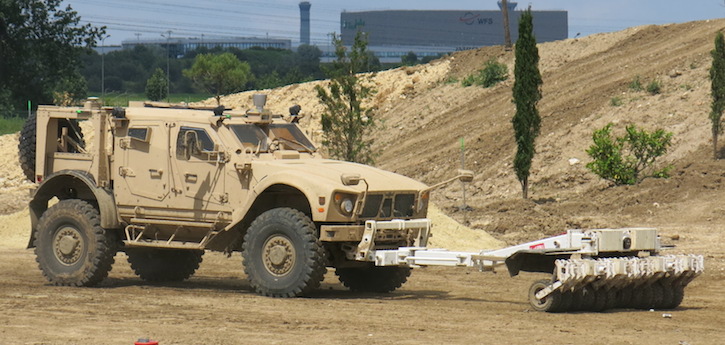
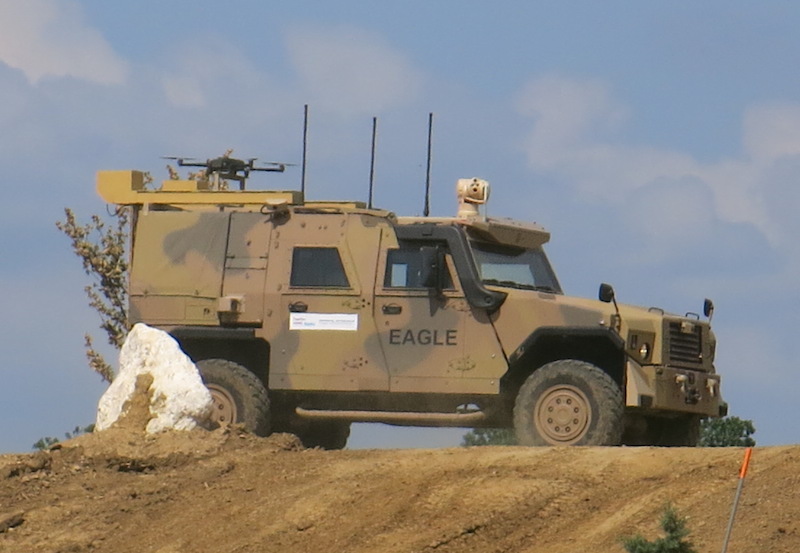
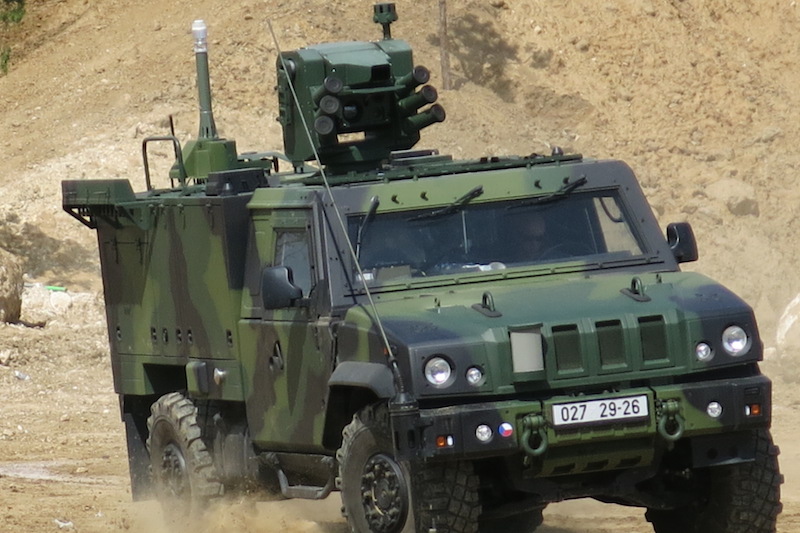
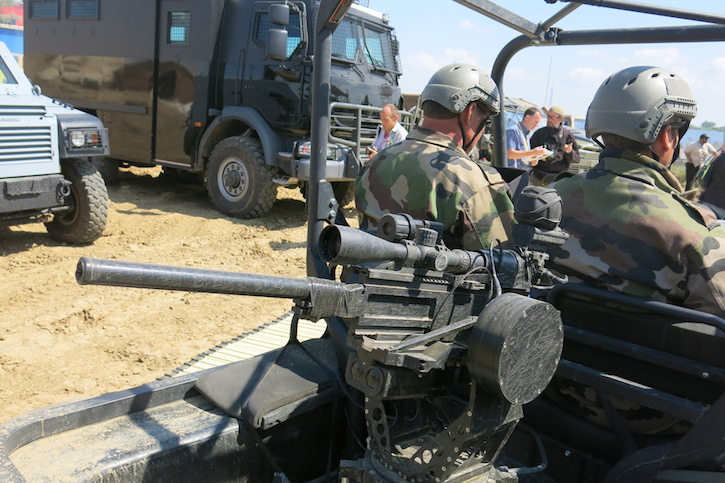
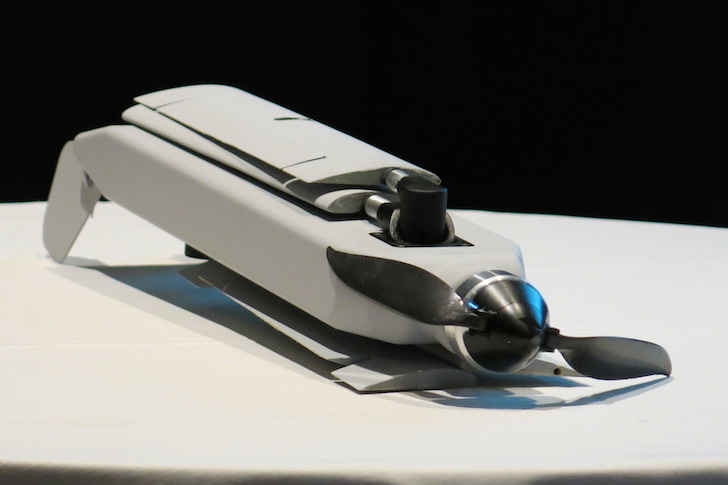
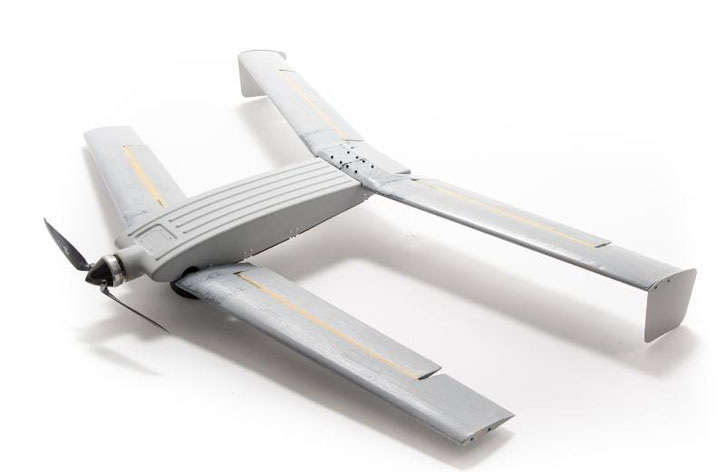
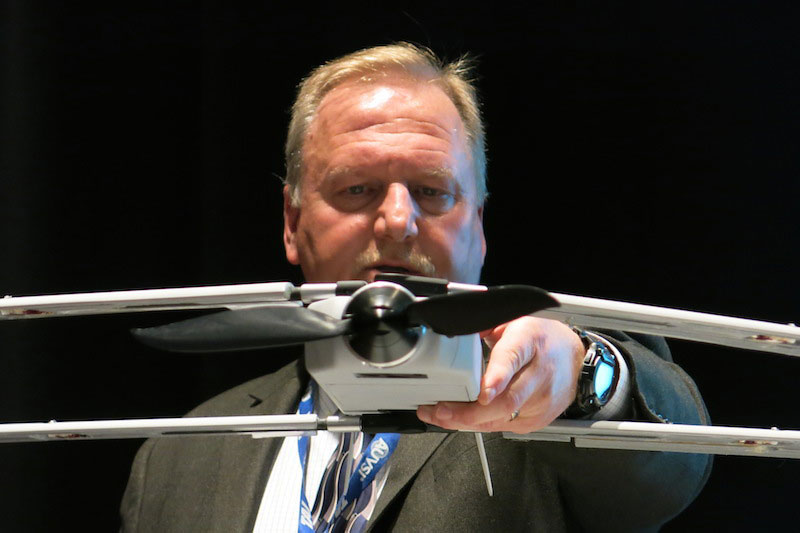


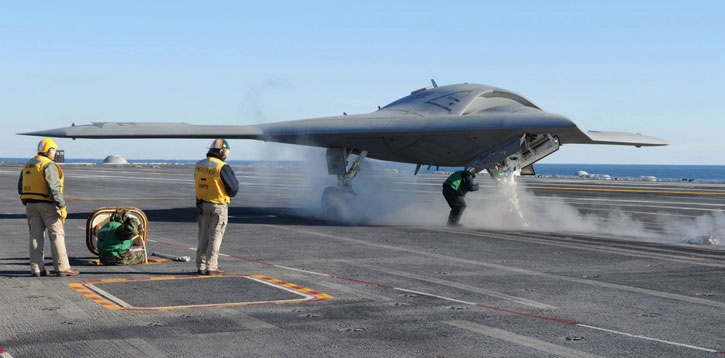

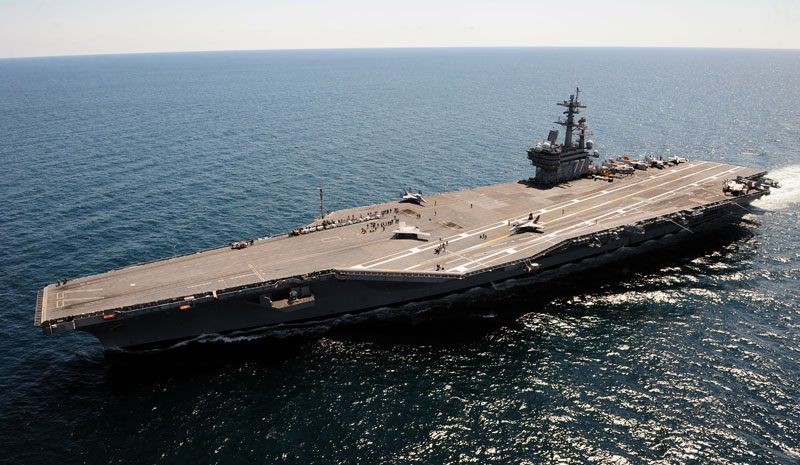
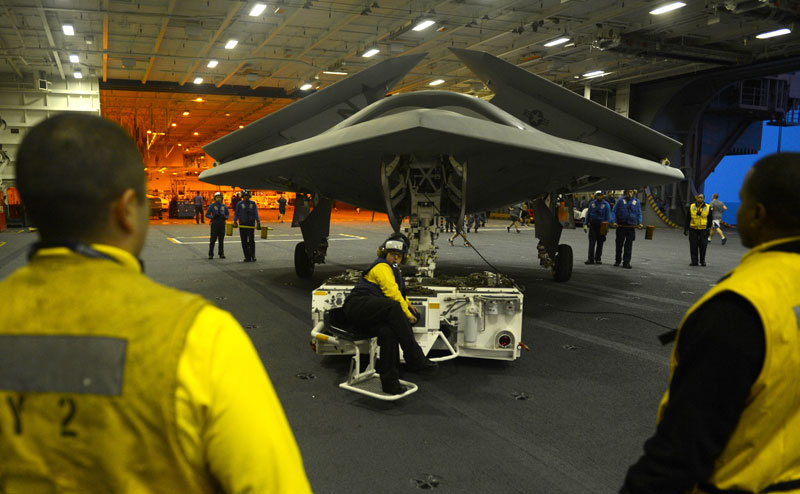

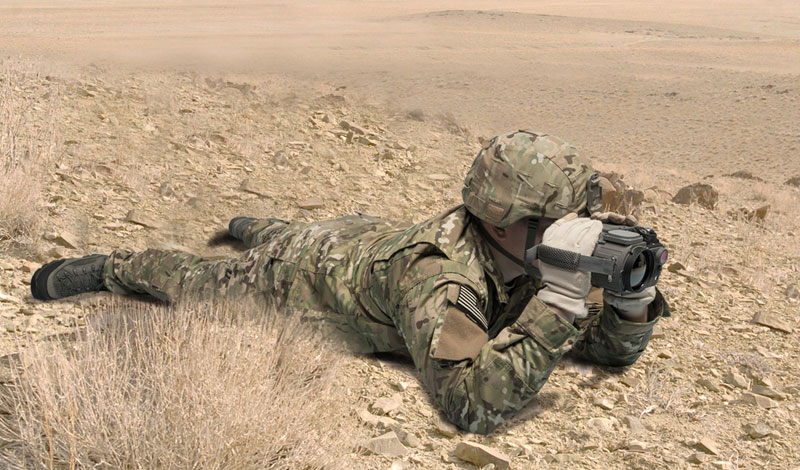
![[Image]](http://cryptome.org/2014-info/ssbn/pict4.jpg)
![[Image]](http://cryptome.org/2014-info/ssbn/pict5.jpg)
![[Image]](http://cryptome.org/2014-info/ssbn/pict2.jpg)
![[Image]](http://cryptome.org/2014-info/ssbn/pict1.jpg)
![[Image]](http://cryptome.org/2014-info/ssbn/pict0.jpg)
![[Image]](http://cryptome.org/2014-info/ssbn/pict9.jpg)
![[Image]](http://cryptome.org/2014-info/ssbn/pict8.jpg)
![[Image]](http://cryptome.org/2014-info/ssbn/pict6.jpg)
![[Image]](http://cryptome.org/2014-info/ssbn/pict7.jpg)
![[Image]](http://cryptome.org/2014-info/ssbn/pict10.jpg)
![[Image]](http://cryptome.org/2014-info/ssbn/pict11.jpg)
![[Image]](http://cryptome.org/2014-info/ssbn/pict12.jpg)
![[Image]](http://cryptome.org/2014-info/ssbn/pict32.jpg)
![[Image]](http://cryptome.org/2014-info/ssbn/pict33.jpg)
![[Image]](http://cryptome.org/2014-info/ssbn/pict34.jpg)
![[Image]](http://cryptome.org/2014-info/ssbn/pict35.jpg)
![[Image]](http://cryptome.org/2014-info/ssbn/pict36.jpg)
![[Image]](http://cryptome.org/2014-info/ssbn/pict37.jpg)
![[Image]](http://cryptome.org/2014-info/ssbn/pict13.jpg)
![[Image]](http://cryptome.org/2014-info/ssbn/pict14.jpg)
![[Image]](http://cryptome.org/2014-info/ssbn/pict15.jpg)
![[Image]](http://cryptome.org/2014-info/ssbn/pict16.jpg)
![[Image]](http://cryptome.org/2014-info/ssbn/pict17.jpg)
![[Image]](http://cryptome.org/2014-info/ssbn/pict18.jpg)
![[Image]](http://cryptome.org/2014-info/ssbn/pict19.jpg)
![[Image]](http://cryptome.org/2014-info/ssbn/pict21.jpg)
![[Image]](http://cryptome.org/2014-info/ssbn/pict20.jpg)
![[Image]](http://cryptome.org/2014-info/ssbn/pict24.jpg)
![[Image]](http://cryptome.org/2014-info/ssbn/pict23.jpg)
![[Image]](http://cryptome.org/2014-info/ssbn/pict22.jpg)
![[Image]](http://cryptome.org/2014-info/ssbn/pict26.jpg)
![[Image]](http://cryptome.org/2014-info/ssbn/pict25.jpg)
![[Image]](http://cryptome.org/2014-info/ssbn/pict27.jpg)
![[Image]](http://cryptome.org/2014-info/ssbn/pict28.jpg)
![[Image]](http://cryptome.org/2014-info/ssbn/pict30.jpg)
![[Image]](http://cryptome.org/2014-info/ssbn/pict29.jpg)
![[Image]](http://cryptome.org/2014-info/ssbn/pict31.jpg)